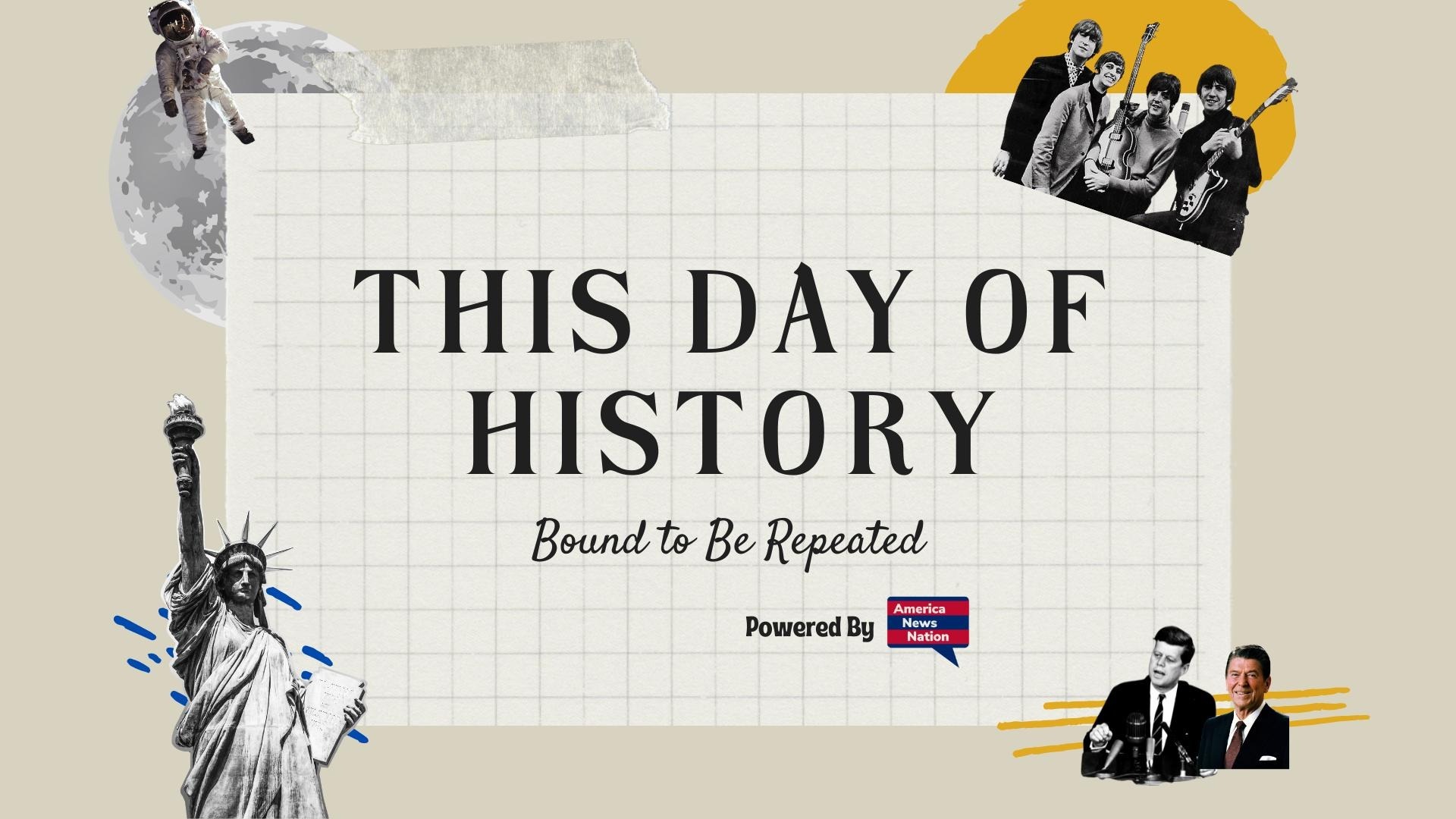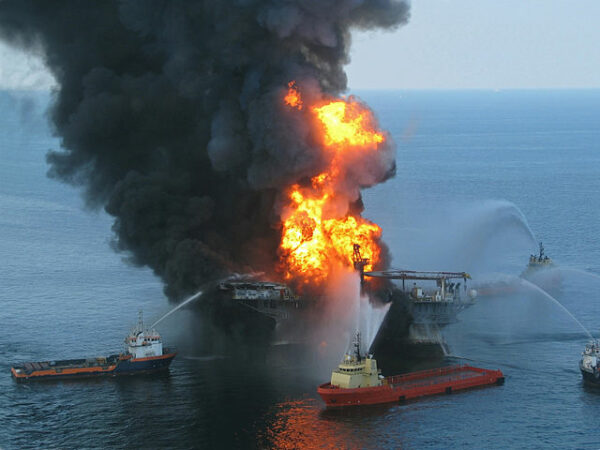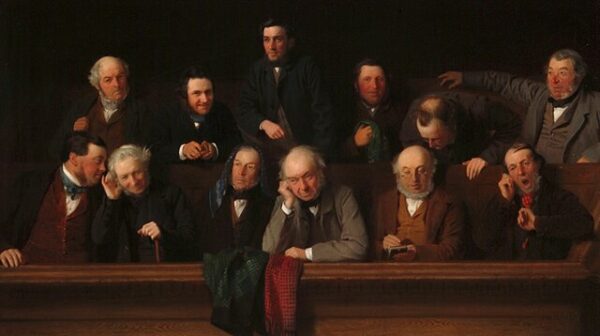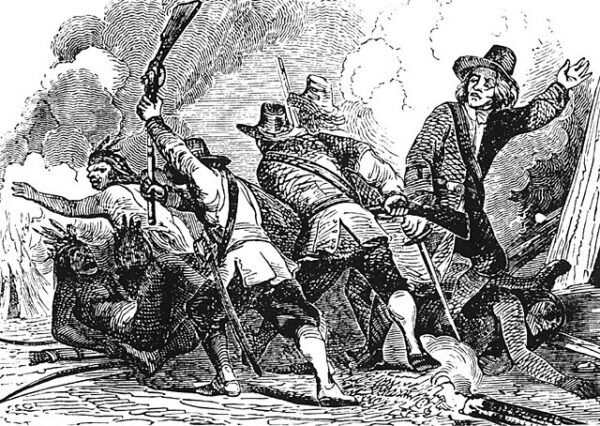At around 9:45 p.m. local time on April 20, 2010, a series of explosions shook the Deepwater Horizon, an offshore rig operating 41 miles off Louisiana’s coast. Leased by BP and run by Transocean, the rig was drilling a deep exploratory well in the Macondo Prospect, located nearly a mile beneath the then-called Gulf of Mexico. Eleven crew members were killed instantly, seventeen others were injured, and a monumental environmental crisis was set into motion.
The disaster stemmed from a blowout—an uncontrolled surge of oil and gas from the well. Although the rig was equipped with a blowout preventer (BOP)—a critical safety device meant to seal the well in emergencies—the system failed to activate. Pressurized hydrocarbons shot up the drill pipe, igniting into an inferno visible for miles.
Rescue operations saved most of the crew, but after two days of intense fire, the rig sank on April 22. What remained was a damaged wellhead spewing crude oil into the ocean. BP downplayed the severity at first, but the reality soon emerged: over 60,000 barrels of oil were being released daily. By the time the well was sealed in July, 4.9 million barrels had spilled into the Gulf.
The environmental fallout was catastrophic. Massive oil slicks coated thousands of square miles of ocean and eventually reached the shores of Louisiana, Mississippi, Alabama, and Florida. Marine ecosystems suffered immense damage. Fisheries shut down, tourism declined sharply, and dead wildlife—including sea turtles, dolphins, and oil-soaked birds—washed up on beaches. Tens of thousands of Gulf residents lost livelihoods tied to the water.
As investigations unfolded, BP was exposed for cutting corners to save costs—using a riskier casing design, skipping essential safety tests, and ignoring clear warning signs of a blowout. Government oversight was also heavily criticized. The Minerals Management Service, part of the Interior Department, had a reputation for cozy relationships with the oil industry and failed to enforce safety protocols.
The spill also posed a political challenge for President Barack Obama, who faced harsh criticism for what many viewed as a delayed and inadequate federal response. It marked the first major scandal of his presidency, prompting public outcry over the administration’s handling of the crisis. In response, Obama imposed a temporary moratorium on deepwater drilling and pushed forward a sweeping regulatory overhaul. The Bureau of Safety and Environmental Enforcement (BSEE) was created to improve offshore drilling oversight.
BP ultimately paid over $20 billion in fines, cleanup costs, and restitution. Several of its executives faced criminal charges. Yet, even a decade later, the Gulf had not fully recovered—oil remnants persisted in coastal marshes, and local communities continued to suffer economic hardship.
More than just an oil spill, the Deepwater Horizon disaster revealed the dangerous gaps in both corporate responsibility and government regulation. It became a turning point in environmental policy, drilling oversight, and public trust in energy practices.






